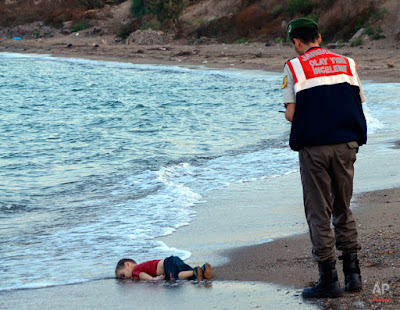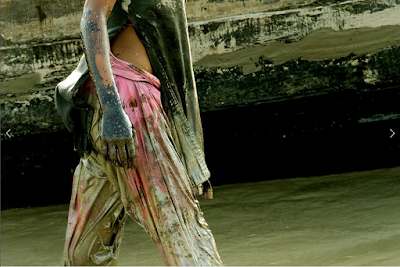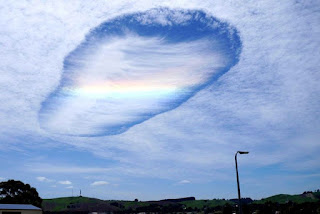AP Photos
1. Photojournalism.
2. Looks a little like rule of thirds.
3. - The light sourced used is the outside sunlight.
- Natural, because the lighting looks almost all consistent throughout.
- The photographer used the lighting as a little dim which makes it look sad.
4. The photographer would have to catch this scene before anyone caught him/her and before anyone else crowded the scene.
TIME Photo
1. Photojournalism.
2. This photo can be classified as contrast or as simplicity because how it is kind of in focus on the little girl.
3. - The photographer used the hospital light as a source.
- Artificial because the lights in the hospital are dim and causes the photo to look somewhat dark.
- The photographer brought out the contrast in the little girl with the lighting.
4. The photographer had to catch the girl off guard and captures how she's feeling lost.
National Geohraphic
1. Photojournalism.
2. This photo composition rule is rule of thirds.
3. - The light source is the sun.
- It is a natural lighting because if it was flash the subject would show more light on the content.
- The photographer enchanted the colors of the photo with the lighting and gives it a harsh look.
4. The photographer would have to catch the boy walking unnoticed.
Reuters Photo
1. Photojournalism.
2. the rule of composition could be rhythm with the constant of colors.
3. - it is mixed flash and sunlight, the photo kind of looks framed like how the flash does.
They enhanced it by giving it a dim and framed look to look sad.
4. The photographer had to have access to get this shot.
Buzzfeed
1. photojournalism.
2. Rule of composition is simplicity.
3. the light source is the sun and flash
It is mixed because in the photo there are no shadows from the sun coming on in a certain direction.
The photographer caught his subjects in this light.
4. the photographer had to be quick to catch this photo in action.
Twisted Sifter
1. landscape.
2. rule of composition is rule of thirds.
3. the light source is the sun.
it is a natural light source because using a flash could defeat the photo.
The photographer caught a natural lighting.
4. the photographer had to get at a certain angel to catch this.
Getty images
1. photojournalism
2. rule of composition patterns/rhythm
3. there was no light source besides the outside light.
the flash would be too powerful.
the photographer had dark lighting which brought out the fireworks.
4. the photographer had to be steady and have a fast shutter speed but god lighting
